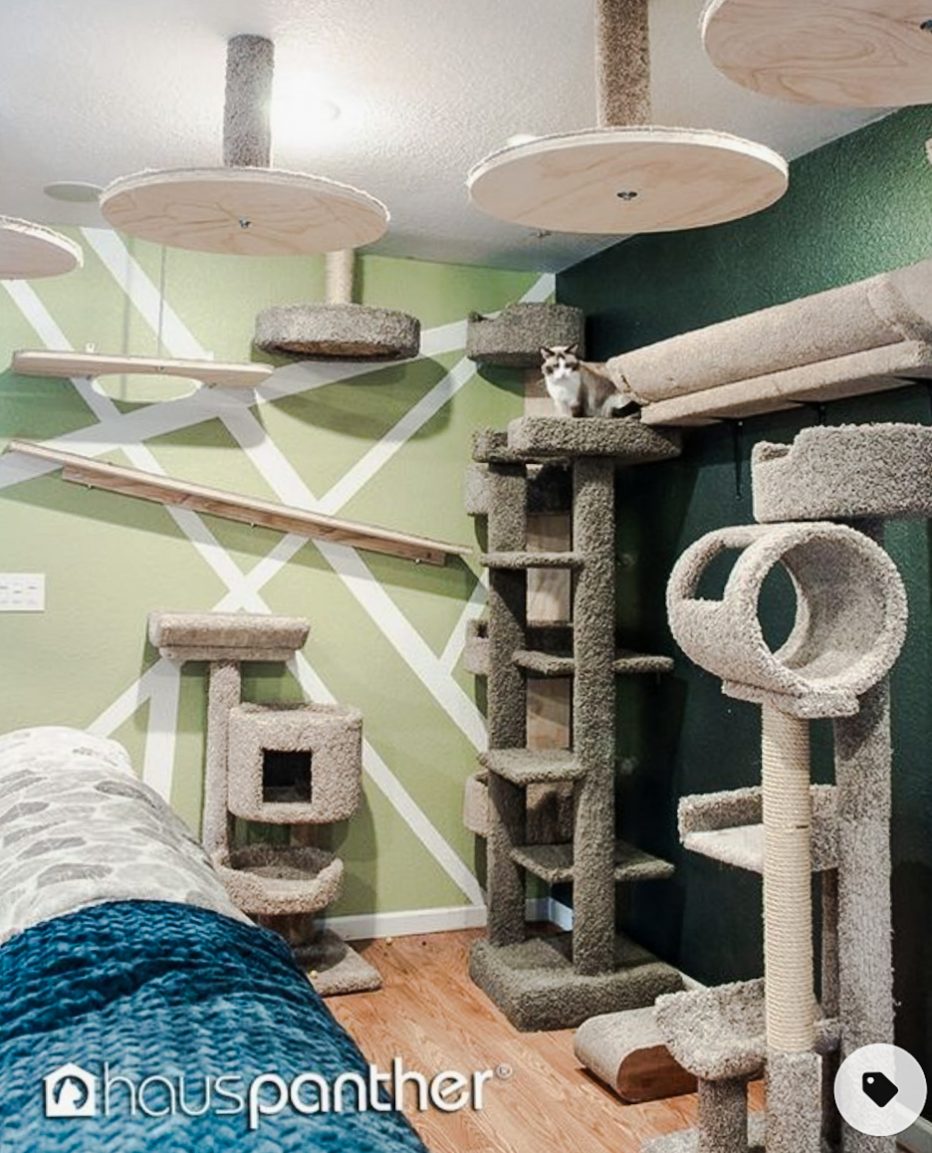NEWS AND COMMENT-AUSTRALIA: The Australian authorities have been disseminating negative propaganda about feral and domestic cats for years. The objective of local, state and federal legislation is to kill all the feral cats on the Australian continent and keep all domestic cats inside full-time. This is Australia’s Utopia from the point of view of politicians in that country and for many citizens concerned with protecting native species.

And to achieve this goal they have hammered on about the mass slaughter of native species by domestic and feral cats particularly small native mammals and marsupials. For example, the Daily Mail recently stated that research released last year found that every single feral cat slaughters more than 740 local wildlife creatures each year. They do not refer to the research.
If they did refer to the research, they’d find out that it was problematic based on my experience. This is because all the studies concern a limited area. The statistics acquired are then extrapolated (expanded) to cover the whole of the country – problematic. In essence the number of 740 mentioned above might not be accurate. And another reason why it might not be accurate is because the Australian authorities don’t know how many feral cats there are on the continent. They guess the number.
If they don’t know that crucial number, they can’t estimate the number of native mammalian and marsupial species including birds which are preyed upon and killed by cats. Take these statistics with a pinch of salt, I would. Oh, one last point: it is probable that humans kill more wild animals indirectly through habitat destruction and climate change, for example, than feral and domestic cats combined, in Australia.
Lack of motivation and funds to commit to fully enriching the home of a captive domestic cat

But the big flaw that I want to talk about is this. The news media casually talk about the wonderful life a domestic cat can have when confined to the indoors. The argument is that a domestic cat’s life is even better and certainly no worse when they are confined to the home of their caregiver.

However, the only way to make a full-time indoor domestic cat’s environment enjoyable is to substantially enrich it as nearly all homes are currently unenriched from the point of view of the cat. Enrichment means building a catio or garden enclosure and it means entertaining your cat or providing a means for them to entertain themselves. This means lots of customised high platforms and walkways built around the walls of the living room for instance and a big commitment in time and money from the owners. It’s probably not going to happen. The cost to Mr Cohen (see video) was around $50k. Nearly all cat owners either don’t have the money or the commitment.
If you are truly going to make the environment of a captive, full-time indoor cat enjoyable you have to sacrifice a lot of the human home characteristics that you enjoy in terms of aesthetics and visuals.
Typical cat owners are not prepared for this. That’s the big unstated flaw. You can’t be massively houseproud. You can’t be too involved with the aesthetics of the appearance of the interior of your home unless you like catwalks. A part of the home has to be handed over to the cat or cats which, as mentioned, will normally mean the construction of high vantage points and walkways. This is going to alter the appearance. And building a catio is no small construction project. The same goes for a backyard enclosure.
It’s going to alter your home. I’m all in favour of a catio (I have a garden enclosure). Indeed, I am all in favour of keeping cats indoors provided you can substitute the enjoyment that they achieve outdoors when they are confined to the indoors. Historically it has been found that the typical cat caregiver simply cannot substitute the natural environment that a domestic cat enjoys when they are confined.
The upshot will be that fully confined domestic cats will have a decreased amenity in their life. They will be less happy. They will tend to put on more weight and there is already an obesity epidemic with about half the domestic cats in the Western world being obese. Full-time, neutered indoor cats are far more prone to obesity than indoor/outdoor cats. There will be more cat ill-health as a consequence. Perhaps the authorities are unconcerned and want to see a reduction in the number of cats.
There is another issue worth mentioning. When there are several or more full-time indoor cats, there can be a challenge to keep down the smells. In a four-cat home you’ll need five litter trays. Where do you put them? Indoor/outdoor cats always go to the toilet outside and you never see it.
The reason why environmental enrichment is so vital to a full-time indoor cat is because you have taken away from them their greatest enjoyment: true hunting. This is the cat’s raison d’être, the reason for living. It is what they are programmed to do. They are masters at it. They are top predators. Takeaway predation and you take away a big chunk of their life.
Cohen did it but he is a rare breed
Here is the video:
Like I say, very few people can or will do this but this is how you successfully care for 15 full-time indoor cats.
What about the feral cats? They kill far more animals in Australia than domestic cats
Australia is going to have millions of bored cats when the federal government finally achieves their utopian objective. The new rules will protect wildlife which is great. However, the bigger predator of wildlife is the feral cat. And the state and federal governments of Australia are still scratching their heads on how to deal with them. They’ve tried killing them willy-nilly in any way possible but it’s proved to be unsuccessful.

